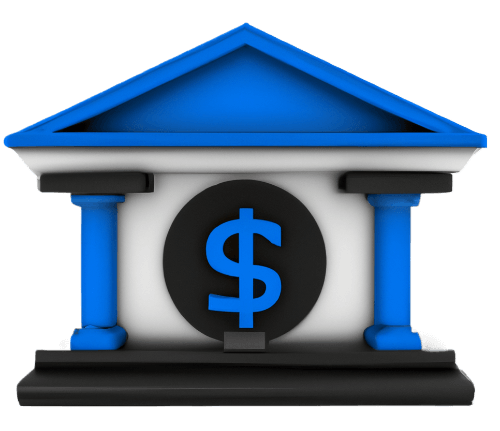Price Ceiling
A market price ceiling is the highest price at which a good or service can be traded, regulated by the state. In other words, by law, it is not permitted to sell the good or service at a price higher than the established limit.
Price Ceiling Chart
In the graph, the government imposes a price ceiling of 30, which is below the equilibrium price. Therefore, when the market tries to reach that price, the price ceiling regulation prevents it, and instead, the market price must be 30. At this price, the quantity demanded is 1400, but the quantity supplied is only 600, which results in a shortage of the good. This shortage is represented by the arrow, which indicates the difference between the quantity demanded and the quantity supplied, in this case, 800.
The shortage occurs because producers facing higher production costs produce less at this lower price or even exit the market. In the graph, the equilibrium price is 50, but due to regulation, the good cannot be sold for more than 30. Additionally, since the price ceiling is lower than the equilibrium price, the quantity demanded increases—from 1000 at equilibrium to 1400 at the price ceiling.
Since the quantity demanded exceeds the quantity supplied, a shortage of the good arises. In response, alternative rationing and allocation mechanisms develop. These can include limiting the quantity a single person or family can purchase, first-come-first-served systems (such as queues), or sellers rationing the good based on their personal interests.
Due to the shortage caused by the price ceiling, not all consumers who want the product can obtain it. However, those who do get it at a more favorable price. On the other hand, suppliers cannot sell as much as they would like at the equilibrium price, which negatively impacts them, especially those with higher production costs.
Non-Binding Price Ceiling
If the price ceiling is set above the equilibrium price, it has no effect on the market, as shown in the graph:
In this case, the price ceiling imposed by the government is set above the equilibrium price. As a result, the market can reach equilibrium through the balance between supply and demand. In other words, the price ceiling is non-binding. In the graph, when the price ceiling is 70, the quantity demanded is 600, and the quantity supplied is 1400, leading to an excess supply of 800. In this situation, suppliers are willing to sell at a lower price, and buyers are willing to pay more for the good. Since the government-imposed price ceiling does not prevent this, supply and demand reach equilibrium, and the price ceiling has no effect on the price or the quantity traded in this market.
